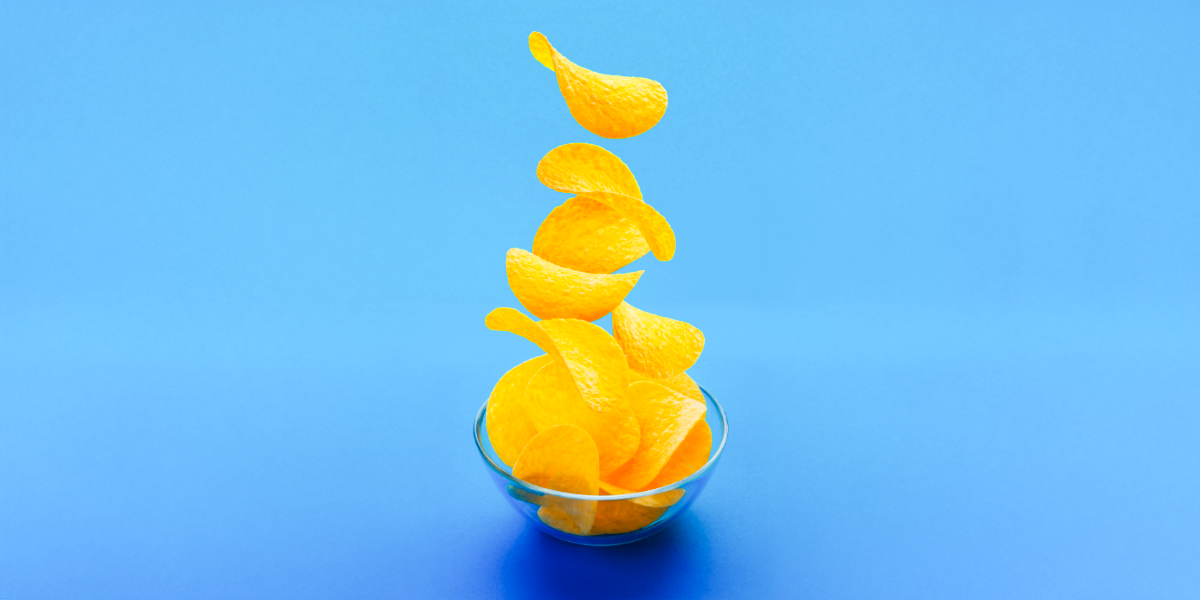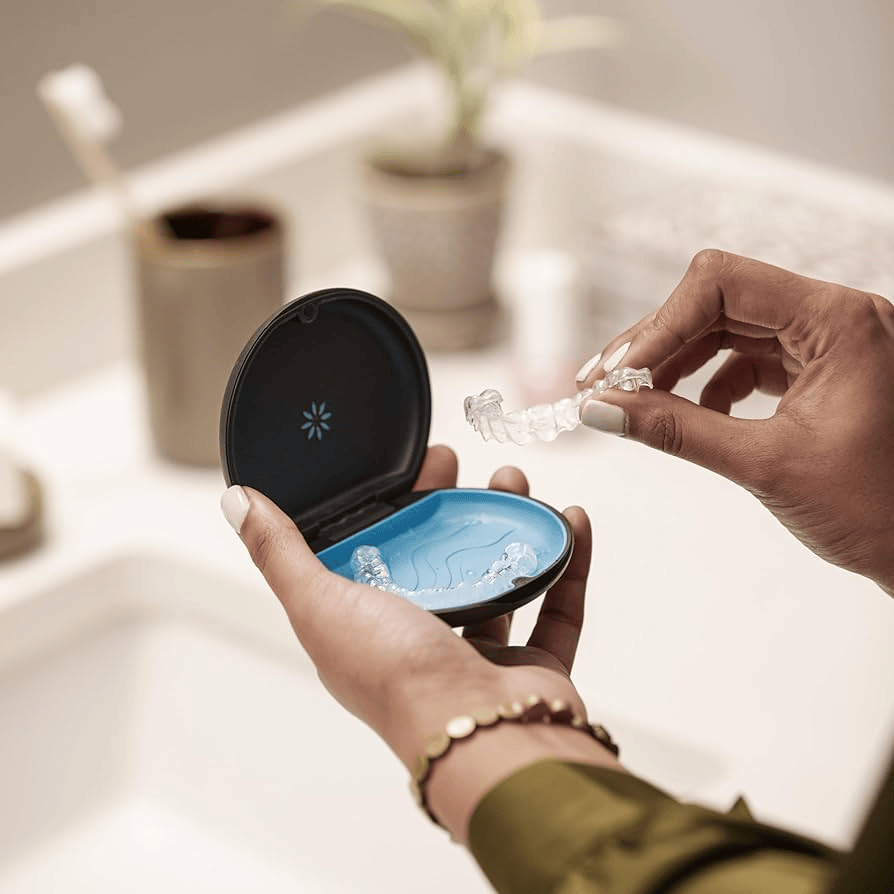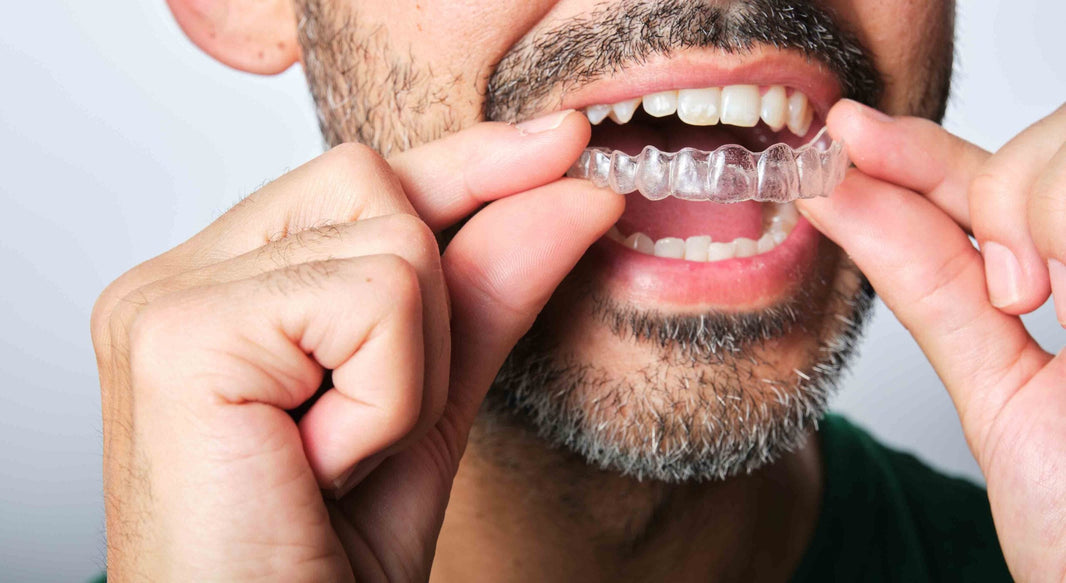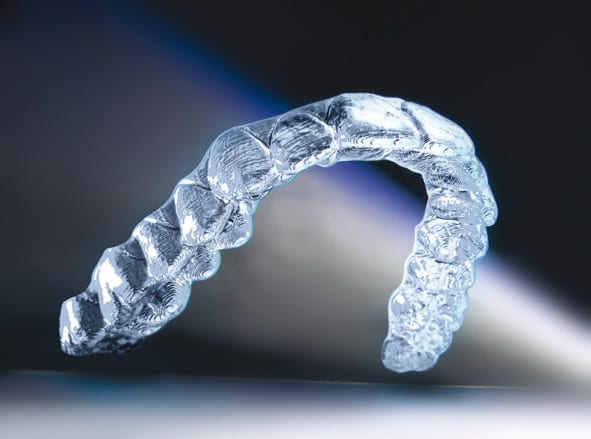Chips are one of the most beloved salty snacks around—but when you’re wearing dental braces, those crispy bites could do more harm than good. If you're wondering whether you can still indulge in chips with brackets and wires on your teeth, the short answer is: proceed with caution. The crunchy texture of chips makes them a high-risk food for damaging braces and derailing your treatment.
Table of contents
Brace for the Crunch
Why Chips Pose a Risk to Braces
Chips are notoriously crunchy, rigid, and jagged—three qualities that do not pair well with brackets and wires. Biting into traditional potato chips can cause undue pressure on your orthodontic hardware, leading to broken brackets or dislodged wires. Even worse, chip fragments have a knack for wedging themselves into hard-to-clean areas, inviting plaque buildup and increasing the risk of cavities around your braces.
Orthodontists typically place chips in the “avoid” category for good reason. The sharp edges can scrape your gums, and the starchy texture breaks down into sugars that feed bad bacteria if not cleaned properly. Whether it’s kettle-cooked, ridged, or even tortilla chips—most should be approached with caution.
Orthodontic braces, especially traditional braces or metal braces are built to be durable, but they’re not invincible. Here’s what makes chips a problem:
Hard texture can snap wires or loosen brackets.
Sharp edges may irritate gums and inner cheeks.
Tiny fragments get stuck in brackets, increasing plaque risk.
Frequent snacking adds to sugar and starch exposure, fueling bacteria.


Alternatives to Crunchy Chips: Orthodontist-Approved
That salty craving doesn’t have to go unanswered. There are safer ways to satisfy your snack craving without risking your teeth straightening progress. These options are softer, less abrasive, and won’t wreak havoc on your brackets.
Before the list, it’s important to understand what qualifies as a braces-friendly chip alternative: the texture should be light and airy, easily chewable, and should not require forceful biting. Surprisingly, not all chips are created equal. Keep in mind: the keyword here is soft. Any chip that requires significant pressure to bite through should still be avoided. If it makes a loud crunch in your mouth, it’s probably not safe.
While the classic bag of Lay’s or Doritos might be a no-go, some alternatives can satisfy that salty craving without damaging your braces.
Baked potato chips – These tend to be thinner and less crunchy than fried varieties.
Puffed corn snacks – Think Pirate’s Booty or cheese puffs. Soft, airy, and less likely to shatter a bracket.
Thin rice chips or soft veggie crisps – Some brands produce more tender variations designed to be easier to chew.
Sweet potato rounds – Slice thin, brush with olive oil, and bake until tender-crisp (not too crunchy)
Zucchini chips – Lightly seasoned and baked, these offer a similar feel without the threat
Tortilla soft crisps – Cut a flour tortilla into strips, lightly bake until flexible and warm
Cheese cubes or string cheese – Packed with calcium and naturally braces-safe
Pita bread with hummus – More filling and flavorful than most store-bought chips
Soft pretzels – Chewy but gentle on hardware

Why Chips are Worth Skipping (Most of the Time)
Every broken bracket adds weeks to your treatment. That one chip could delay your smile’s progress—and let’s face it, the orthodontist visit to fix it won’t be nearly as satisfying. By sticking to safer snacks, you’re protecting the investment in your future smile.
Plus, developing healthier snacking habits can have lasting benefits. Choosing nutrient-rich alternatives can improve not just your teeth but your overall wellness.
The Smart Way to Eat Chips (If You Must)
Let’s be real—sometimes cravings win. If you do decide to indulge in chips occasionally, follow these best practices to reduce the risk:
Break chips into smaller pieces – Use your hands to divide chips into bite-sized sections you can chew with your back teeth.
Avoid hard, thick, or kettle-style chips – These are the most damaging to brackets.
Chew slowly and mindfully – Focus on gentle pressure and use your molars rather than your front teeth.
Brush and rinse afterward – Chip residue hides easily in wires, so be sure to clean thoroughly after snacking.
Post-Snack Hygiene is a Must
Crunchy snacks like chips leave behind tiny fragments that cling to brackets and wires. If not properly cleaned, these remnants create an ideal environment for plaque buildup, enamel demineralization, and even tooth decay.
This is especially critical for patients wearing teeth braces for adults or ceramic dental braces, where staining and residue can be more noticeable due to lighter bracket materials. The porous texture of chips makes them particularly sticky offenders—coating teeth with starch that feeds bacteria and accelerates decay risk.
Proper post-snack hygiene isn’t just a recommendation—it’s essential to protecting your orthodontic investment.

Use fluoride toothpaste to strengthen enamel.
Water flossers are great for dislodging particles.
Interdental brushes help clean tight spaces.
Texture Matters in Orthodontic Safety
Orthodontic professionals agree: chips should be limited or avoided entirely during braces treatment. Instead, patients are encouraged to build a diet around soft, braces-friendly staples. When in doubt, the test is simple—if it crunches loudly or fights back when you bite, skip it.
Many dentists report that broken brackets caused by chips are one of the most common reasons for dental emergency visits. Sticking to safer options keeps your treatment on schedule and your appliance intact.
Orthodontists often categorize foods not just by type but by texture. The harder and crunchier the food, the more force it requires to chew—and the higher the likelihood of causing damage to orthodontic braces. That’s why chips, raw veggies, and hard bread tops the "eat with caution" list.
Invisalign Patients: You Have More Wiggle Room
Patients wearing Invisalign aligners in trays have an advantage: aligners are removable. That means you can eat chips without the same risk of damaging hardware—as long as you follow proper hygiene before reinserting your aligners.
Always remove aligners before eating.
Brush before reinserting aligners. Don’t let food residue sit on your teeth.
Avoid snacking if you can’t brush soon after.
Can I eat tortilla chips with braces?
Tortilla chips are typically too crunchy and can damage brackets. Opt for softer alternatives like pita chips softened in dip.
Are baked chips better for braces than regular chips?
Baked chips are often thinner and slightly less crunchy, making them a safer choice—but only in moderation.
Can I eat chips if I break them into small pieces?
Smaller pieces reduce the risk but don’t eliminate it. Always chew carefully and clean thoroughly afterward.
What if a bracket comes off after eating chips?
Contact your orthodontist right away for a repair. Avoid eating anything crunchy until it’s fixed.
Conclusion
Yes, chips are tempting. But with braces, every snack counts. The good news? With a little creativity and discipline, you can still find flavorful alternatives that deliver the crunch you crave—without compromising your brackets. Protect your braces. Protect your smile. Skip the chips, or snack smart—and stay on track for a better bite.






